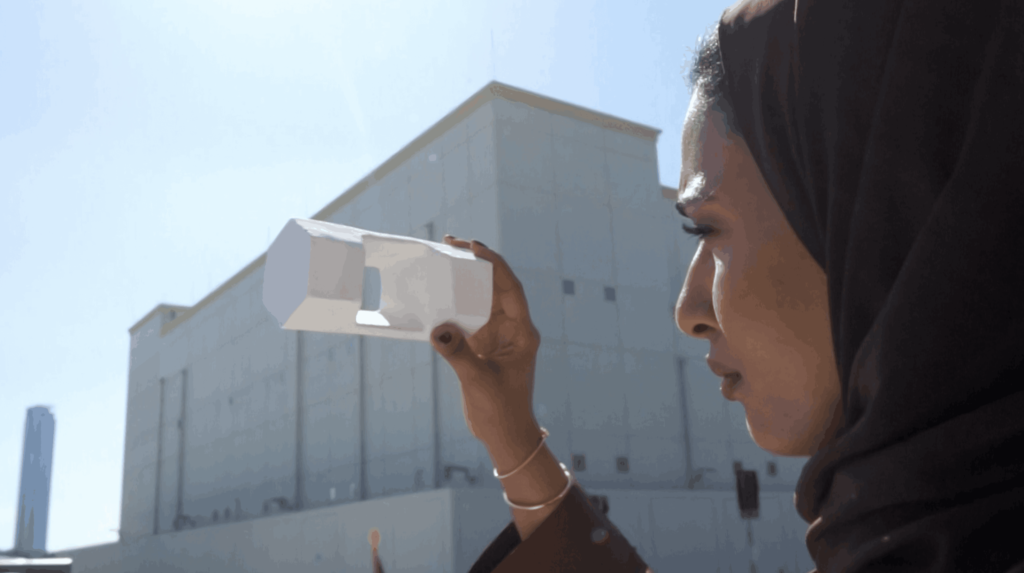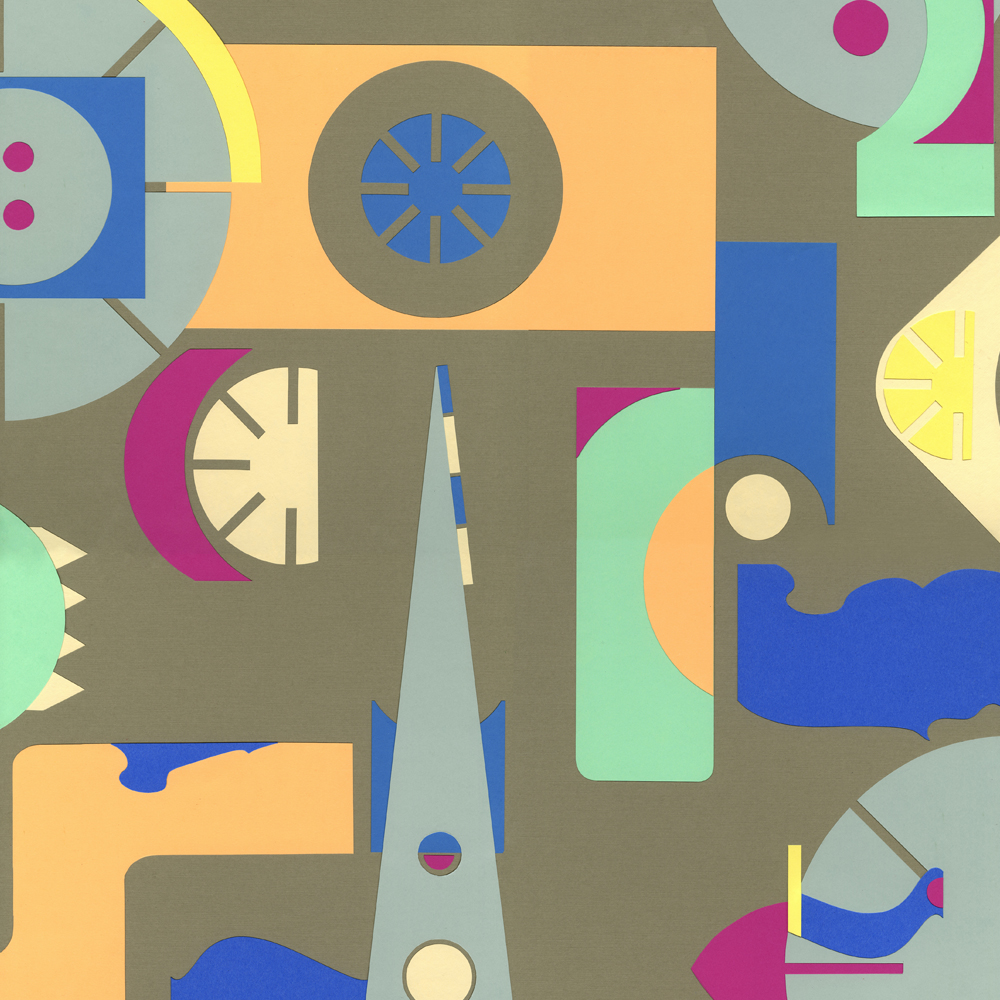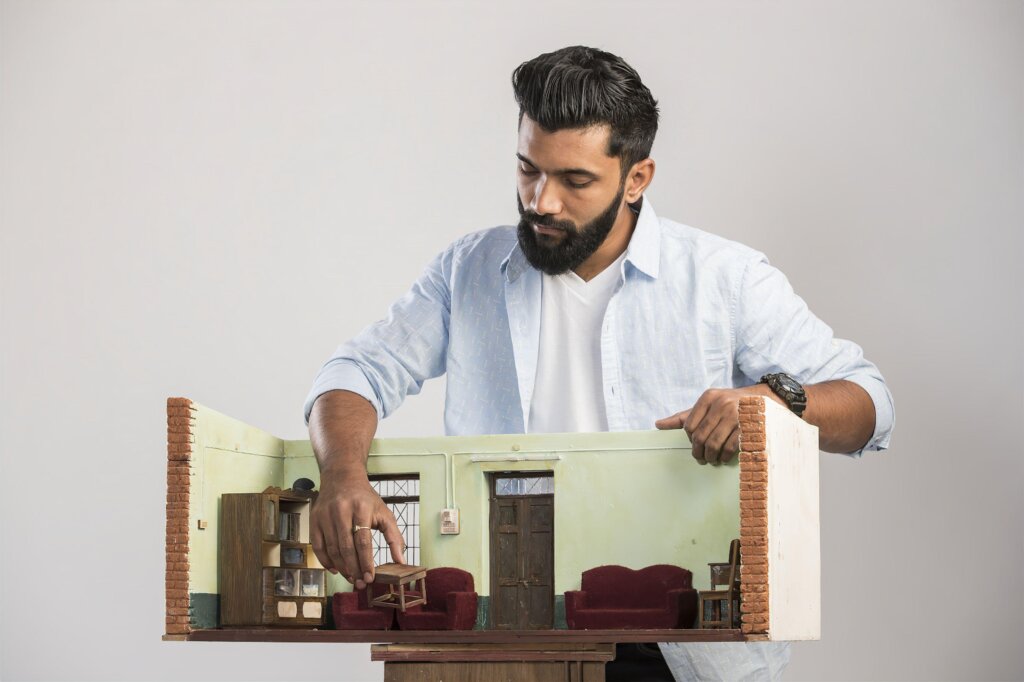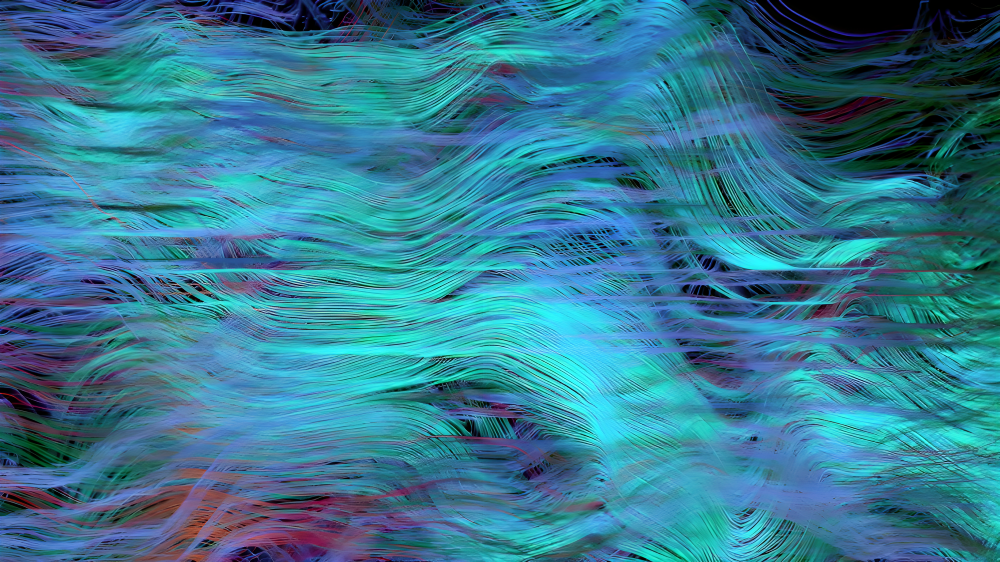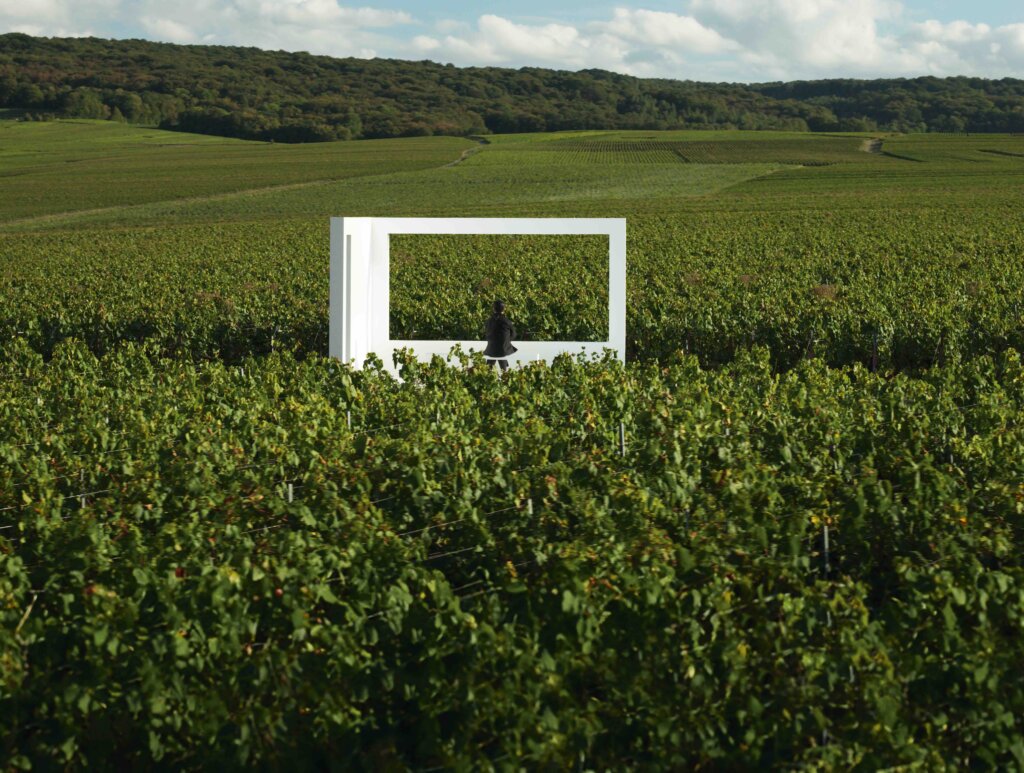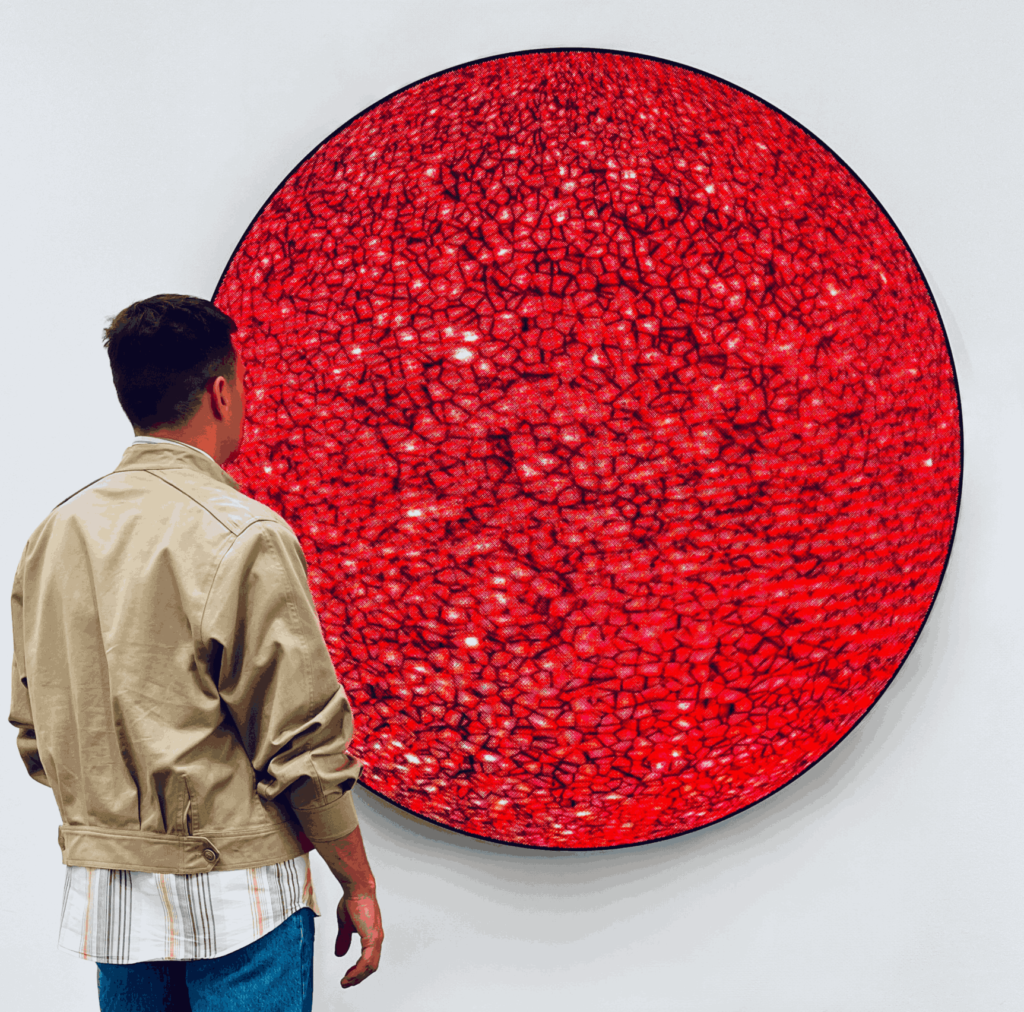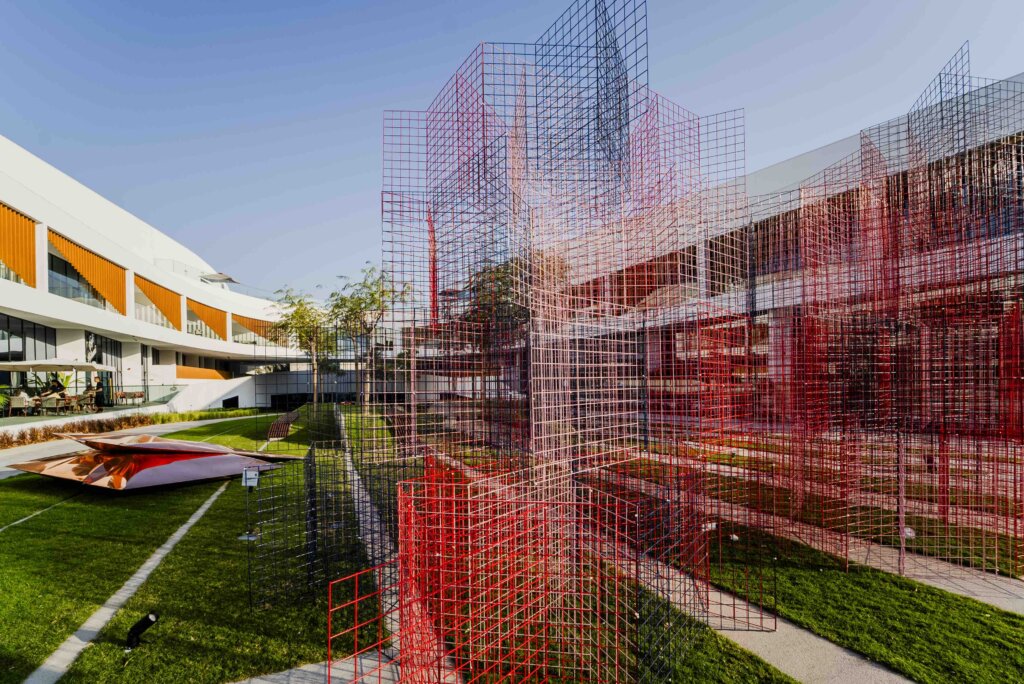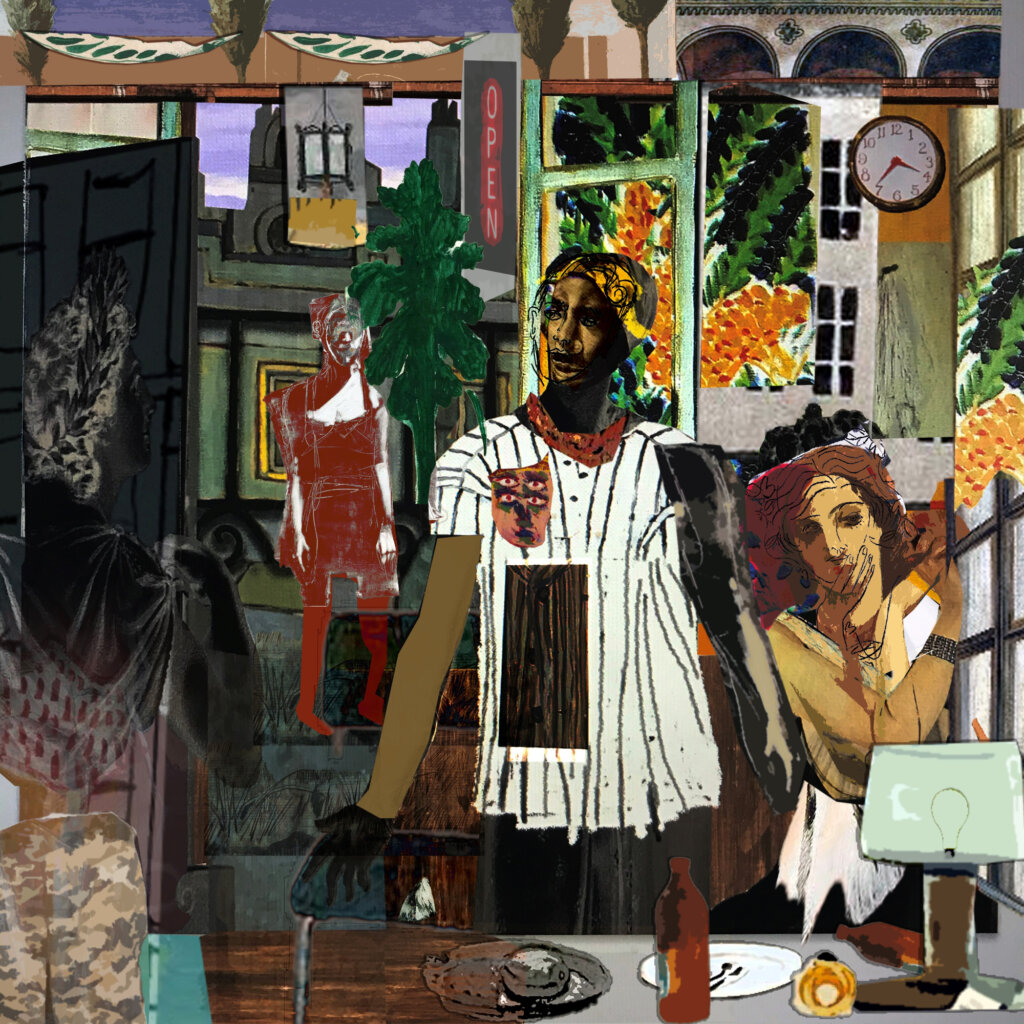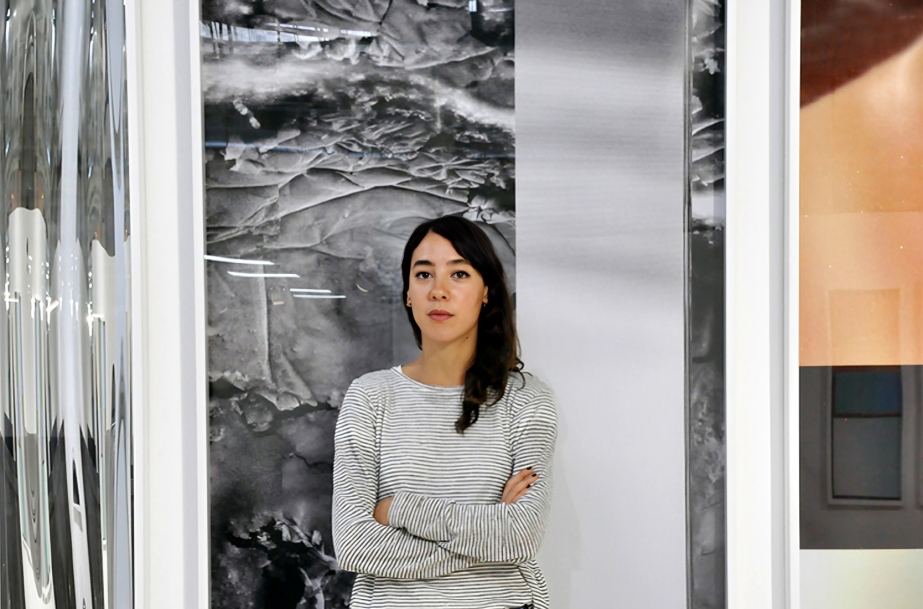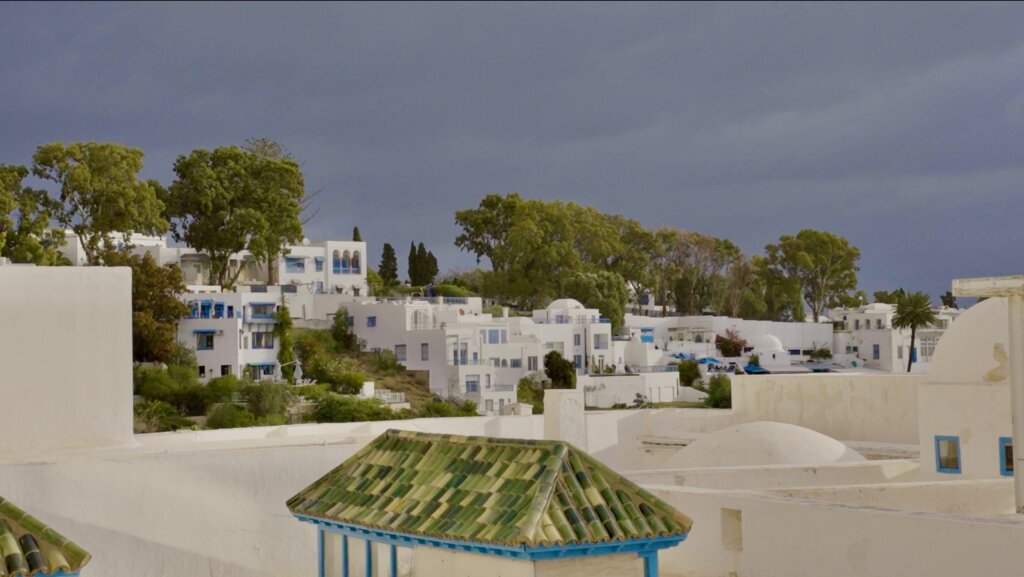About two years ago, Chris Dercon, former director of Tate Modern, visited Amman and was introduced to Fahrelnissa Zeid’s family by Suha Shoman, founder of Darat Al Funun – the Khalid Shoman Foundation. Conversations on a retrospective for the late Turkish-born modernist began, followed by several visits to Amman by Tate representatives who met with Zeid’s son, Prince Ra’ad Bin Zeid Al Hussein of the Hashemite monarchy and his wife Princess Magda. Almost three decades after her death, Zeid will be celebrated through a retrospective at the London gallery curated by Vassilis Oikonomopoulos and Kerryn Greenberg. “We’re really pleased to be presenting the first retrospective of Fahrelnissa Zeid’s work in the UK next month, re-appraising her work in an international context,” says Greenberg. “Zeid was a pioneering artist best known for her large-scale colourful canvases – some over 5 metres wide – fusing European approaches to abstract art with Byzantine, Islamic and Persian influences.”
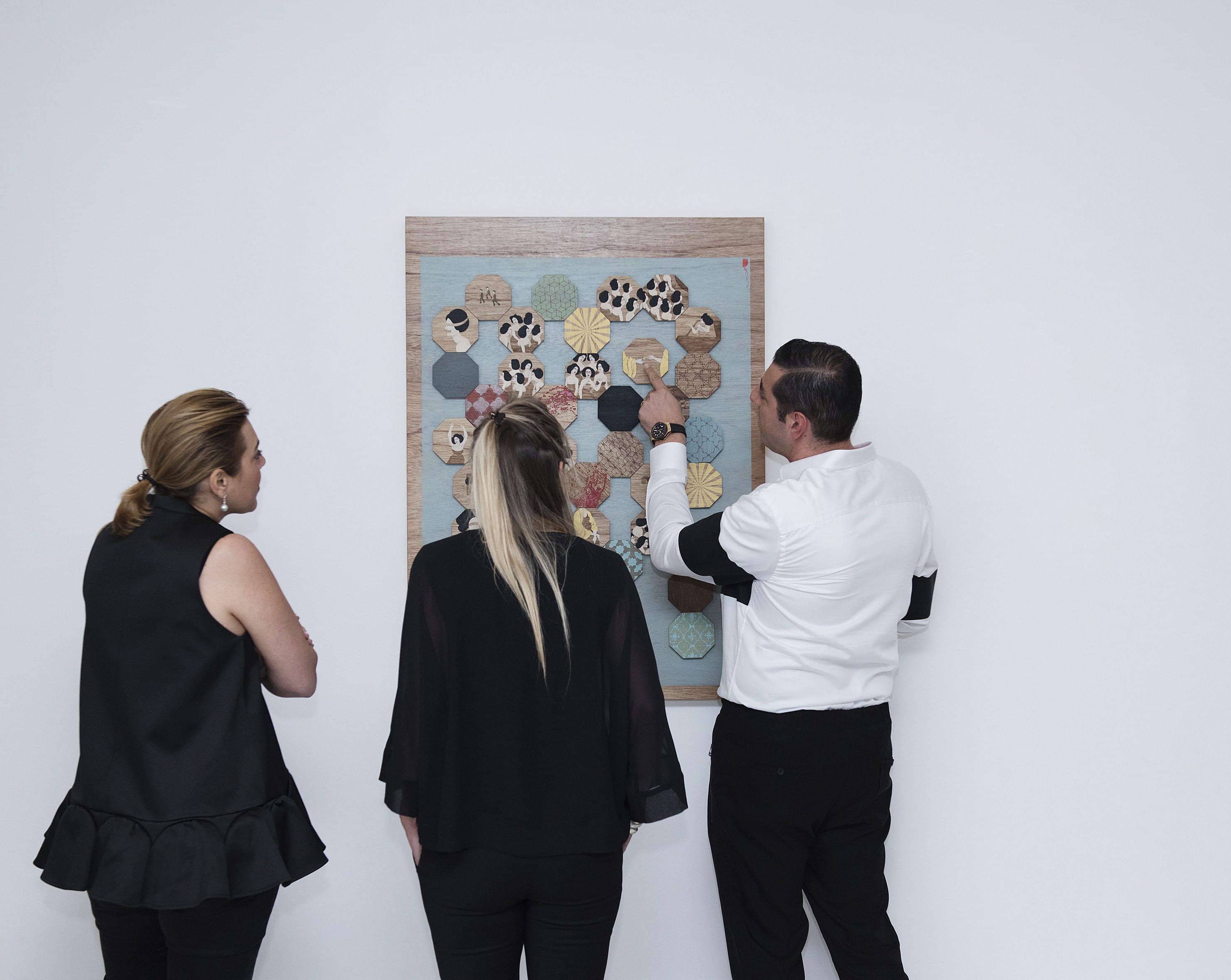
Prince Faisal and Princess Nissa in discussion with Myrna Ayad
To mark the event, Art Salon – a collectors-only group operated by Art Dubai – organised an evening with two of Zeid’s grandchildren, Prince Faisal and Princess Fahrelnissa (Nissa) hosted at the home of Art Salon members Jafar and Gazal Dajani and which featured a casual conversation that focused on the life and work of one of the region’s foremost female modernists. “One of the defining characteristics about my grandmother was that she was unconventional,” said Princess Nissa. “When she had guests over, she would put an unfinished painting on the floor and wanted people to walk over it as they entered.”
Zeid, who was trained in both Paris and Istanbul, was a key figure in the Turkish Avant-garde circles of the 1940s and the École de Paris in the 1950s. Born on Büyükada (the Princes’ Islands) into a prominent Ottoman family in 1901, she began painting from as young as eight, largely encouraged by her elder brother, Cevat Şakir Kabaağaçlı, the Turkish novelist and writer known as the Fisherman of Halicarnassus. “She never stopped painting, even up until a few days before she died,” recalled Princess Nissa. Zeid’s first marriage was to a Turkish novelist, and in 1933, she wed Prince Zeid Bin Hussein, then-ambassador of Iraq in Ankara. In 1944, she held her first solo exhibition in Istanbul and more followed in Paris, London and New York.
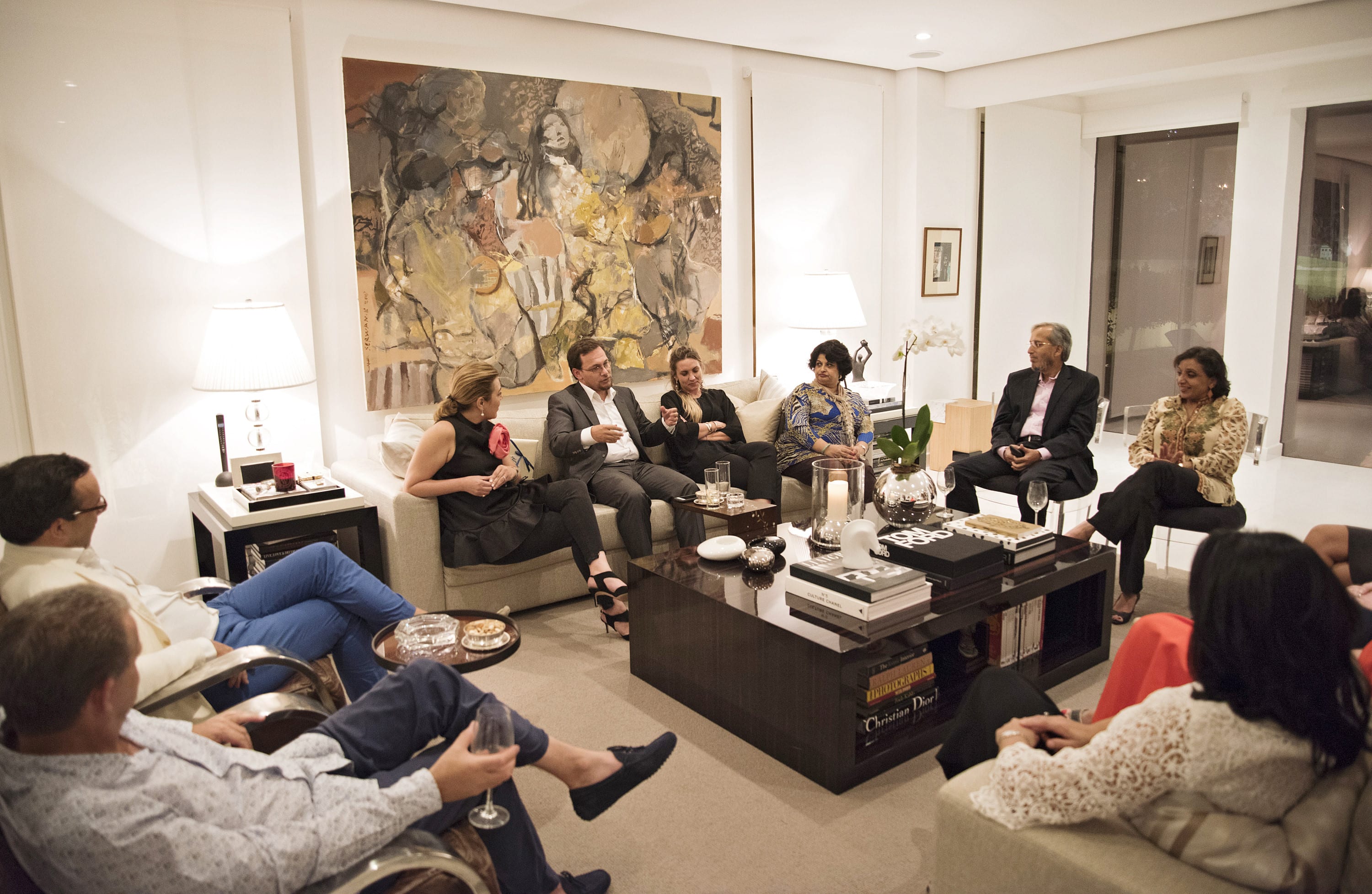
Art Salon Talk, 2017.
Fusing Islamic, Byzantine, Persian and European influences on canvas, stone, glass, collage and even chicken bones, Zeid painted prolifically, beginning with portraits and later moved towards abstraction and is known for her monumental works. “The house was literally covered with her paintings, even the ceilings,” said Prince Faisal. “You are mesmerised by the shapes, colours and forms. The paintings were stacked on top of each other, it was fantastic.” Zeid painted constantly – “even during family picnics” – and focused on fish, perhaps inspired by her childhood in Büyükada and the Bosphorus. “She hated being interrupted as she painted,” added Princess Nissa, “and her bedroom smelled like rose air freshener, turpentine and expensive perfume.” A “very generous artist”, Zeid gave away as many paintings as she would create, which while benevolent, means the family is unaware of their locations and also makes the production of a catalogue raisonné challenging.
Zeid returned to Amman in 1975, five years after the death of her husband and established her namesake institution, from which many notable students graduated, among them Suha Shoman, who will lend the Tate works by her late teacher. It was during this time in the Jordanian capital that Zeid experimented with chicken bones, some of which will be shown at the retrospective. “The exhibition, which will bring together paintings, drawings and sculptures spanning over 40 years, will reveal her as an important figure in the international story of abstract art,” adds Greenberg. In addition to Zeid’s family, works will also come from Istanbul Modern as well as other private collections.
Fahrelnissa Zeid runs from 13 June-8 October 2017 at the Tate. For more information visit http://www.tate.org.uk/whats-on/tate-modern/exhibition/fahrelnissa-zeid




